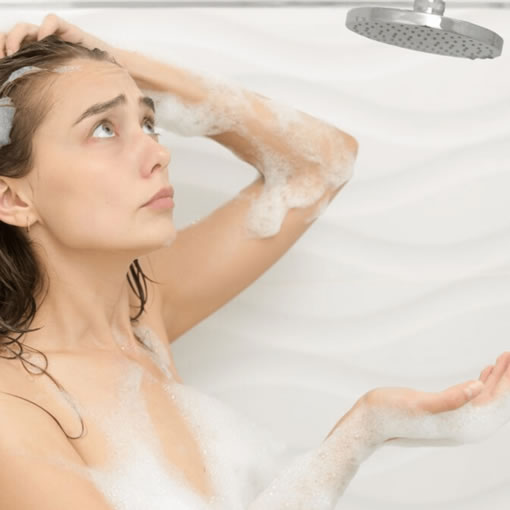WelGard® Members have the ultimate “security blanket” for their well water supply because it covers storms, lightning damage and general wear and tear of the up to 75 well system parts which deliver water to your home.
But anyone who has a water well should take precautions to protect it from potential damage during a hurricane. While not all hurricanes cause direct damage to water wells, what could happen includes:
- Physical Damage: High winds, heavy rains, and debris accompanying hurricanes can physically damage your well, especially if it is above ground or not adequately protected. Falling trees or debris can damage well components such as the casing, cap, pipes, wires and pump – any/all of the exterior components.
- Contamination Risk: Hurricanes can lead to flooding, which increases the risk of contaminants entering your well. If floodwaters reach your wellhead (all caps should be sealed and at least 6-10” above grade), they can carry harmful bacteria, chemicals, or debris into your water supply. Contaminated well water can pose health risks.
- Saltwater Intrusion: If you live in a coastal area, hurricanes can cause storm surges that push saltwater into freshwater aquifers. This can lead to saltwater intrusion into your well, making the water salty and potentially unsafe to drink.
- Power Outages: Most residential wells rely on electric pumps to function. Power outages, which are common during hurricanes, can interrupt your water supply. Without power, the pump won’t operate, leaving you without access to water until power is restored or an alternative power source is available.
Steps to Take – To minimize the risks, you can take several steps before, during, and after a hurricane:
- Protect the Wellhead: Before/Always – Make sure the wellhead is sealed properly to prevent floodwater from entering. Install a sanitary seal or cover to protect the well from contamination.
- Stock Up on Water: Before a hurricane, store an adequate supply of bottled water for drinking and other essential uses (bathroom flushing) in case your well becomes damaged or contaminated.
- Consider a power generator: Before the hurricane, consider having a generator and installing an adapter that allows the well pump to be connected temporarily to your generator. Be sure to have this installed and tested by a licensed professional.
- Inspect the Well Regularly: After a hurricane, check for any physical damage to the well, such as cracks in the casing or damage to the cap or pump. If the system seems to run normally, pump damage is unlikely.
- Test Your Water: After/Periodically: You might wat to have your well water tested for contaminants after a hurricane, especially if there was flooding or any signs of contamination. This is crucial to ensure the water is safe for your family.
By taking precautions, you can reduce the potential impact of a hurricane on your residential water well and ensure your water remains safe and accessible.
As always and with any questions, call WelGard® for all your well and water needs. We are available 24/7/365!
Your WelGard® Team
MORE GOOD NEWS
Effective September 1st, 2024, we are thrilled to announce the launch of our brand-new Online Member Center! 🎉
This new facility is designed with you in mind, offering a one-stop hub where you can easily get the status and terms of your WelGard® membership, view historical information, and change payment type – cards/details, all in just a few clicks.
To get started, simply visit Member Center and log in using your existing account email. You will receive a unique code to your email of record each time you access your Member Center details.
We hope you agree that this new Online Member Center enhances your experience and makes it easier than ever to get the most out of your membership. If you have any questions or feedback, please don’t hesitate to reach out to us at [email protected] or 866.Wel.Gard (935.4273)
We look forward to serving you “well” into the future!

